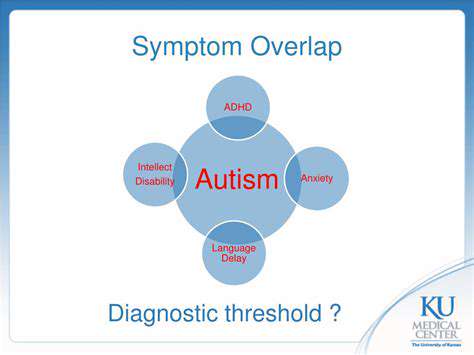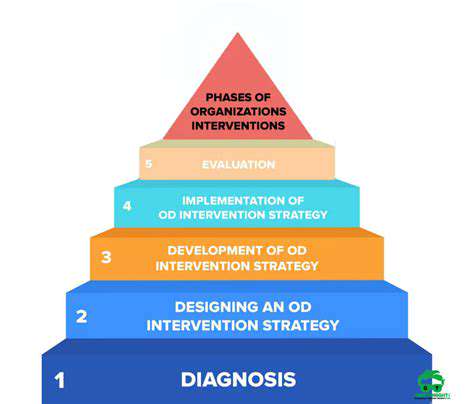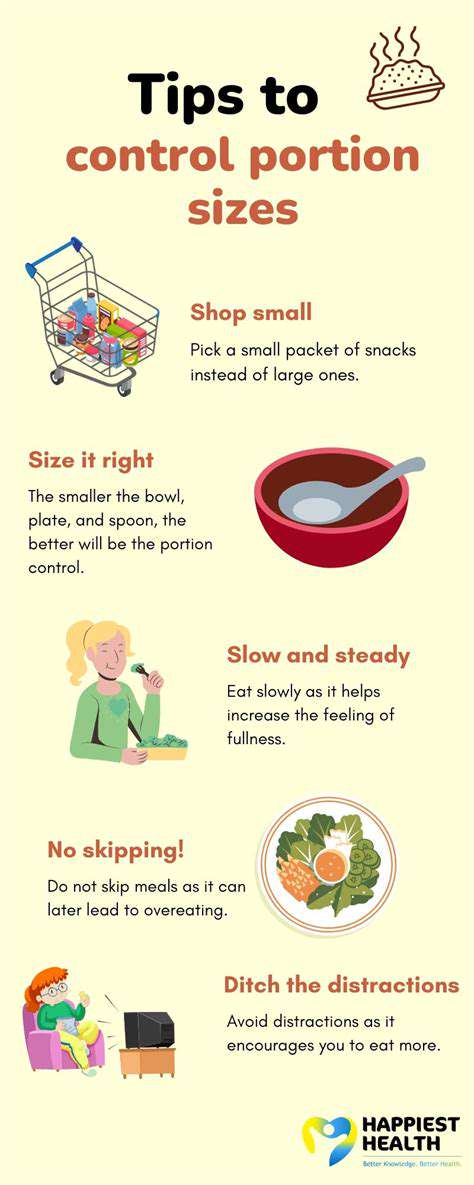Food Sensitivities vs. Food Allergies: Clearing the Confusion
Though both can make you feel unwell, food allergies may become emergencies needing urgent care. Sensitivities usually don't carry the same instant danger, though they can still seriously affect daily life. Knowing these differences helps people choose foods wisely and get the right medical advice.
Allergy Symptoms: Fast and Fierce
Food allergies announce themselves quickly and sometimes violently. Reactions might be mild, like skin irritation, or escalate to breathing trouble, facial swelling, or even anaphylaxis—a potentially deadly response. These warning signs typically appear within minutes or a couple hours after eating the problem food.
Spotting these urgent reactions matters enormously. Remember: symptom severity differs widely between people and even between encounters with the same food. When severe reactions strike, getting medical help immediately is non-negotiable.
Sensitivity Symptoms: Slow and Sneaky
Unlike allergies, food sensitivities often play the long game, with symptoms that might not surface for hours or days. Common complaints include digestive distress—bloating, gas, irregular bowels—plus headaches, tiredness, skin problems, and aching joints. This inconsistent timing makes sensitivities tricky to spot, as their symptoms impersonate many other health issues.
Trigger foods also vary dramatically between individuals. Pinpointing offenders usually requires detailed food journals and elimination diets—temporarily cutting out suspect foods to watch for changes. This detective work demands patience and precision.
Diagnosing and Handling Reactions
Identifying food issues accurately takes multiple approaches. Doctors may use skin tests, blood work, and supervised elimination diets to determine what's causing reactions. These tools help separate true allergies from less severe sensitivities.
Managing allergies means strictly avoiding trigger foods. For sensitivities, solutions might involve reducing or removing problem foods while supporting gut health through dietary tweaks. Partnering with healthcare professionals is key for creating effective, personalized strategies for both conditions.
When Symptoms Look Alike: Diagnosis Difficulties

The Problem of Shared Symptoms
When different conditions produce similar symptoms, diagnosis becomes like solving a puzzle with identical pieces. This overlap regularly creates uncertainty and treatment delays. Patients may present identical complaints while having completely different underlying issues, requiring careful evaluation to tell them apart.
Plus, subjective symptoms like pain or exhaustion resist easy measurement, making comparisons between conditions difficult. This subjectivity can skew diagnoses, potentially sending investigations down wrong paths. Thorough questioning paired with detailed physical exams helps navigate these challenges.
Teasing Apart Similar Conditions
Distinguishing between look-alike conditions demands microscopic attention to detail. Physicians must weigh medical histories—previous illnesses, allergies, family disease patterns—alongside exam findings and sometimes specialized tests. This comprehensive view helps spotlight the most likely culprit behind the symptoms.
Diagnostic complexity springs from how genetics, environment, and lifestyle habits interact uniquely in each person. These intricate combinations offer vital diagnostic clues when examined carefully, helping prevent wrong diagnoses and ensuring proper treatment.
How Misdiagnosis Affects Treatment
When symptom overlap leads to wrong diagnoses, treatment plans go awry. Not only might therapies fail, they could actually harm patients. For example, treating the wrong condition delays addressing the real issue. Accurate diagnosis is the linchpin for effective care, improving outcomes while reducing complication risks.
Symptom confusion can also trigger unnecessary tests and treatments, hiking healthcare costs and patient stress. Precise diagnoses optimize care plans while minimizing fallout from inappropriate medical interventions.
Solving the Diagnostic Puzzle
Untangling symptom overlap often requires team medicine. Collaboration between primary doctors, specialists, and diagnostic experts pools knowledge for better understanding. This team approach casts a wider net for potential causes and contributing factors.
Modern tools—genetic tests, advanced imaging, sophisticated lab work—sharpen diagnostic accuracy. These technologies pinpoint underlying problems more precisely, leading to better treatments and improved patient experiences.












